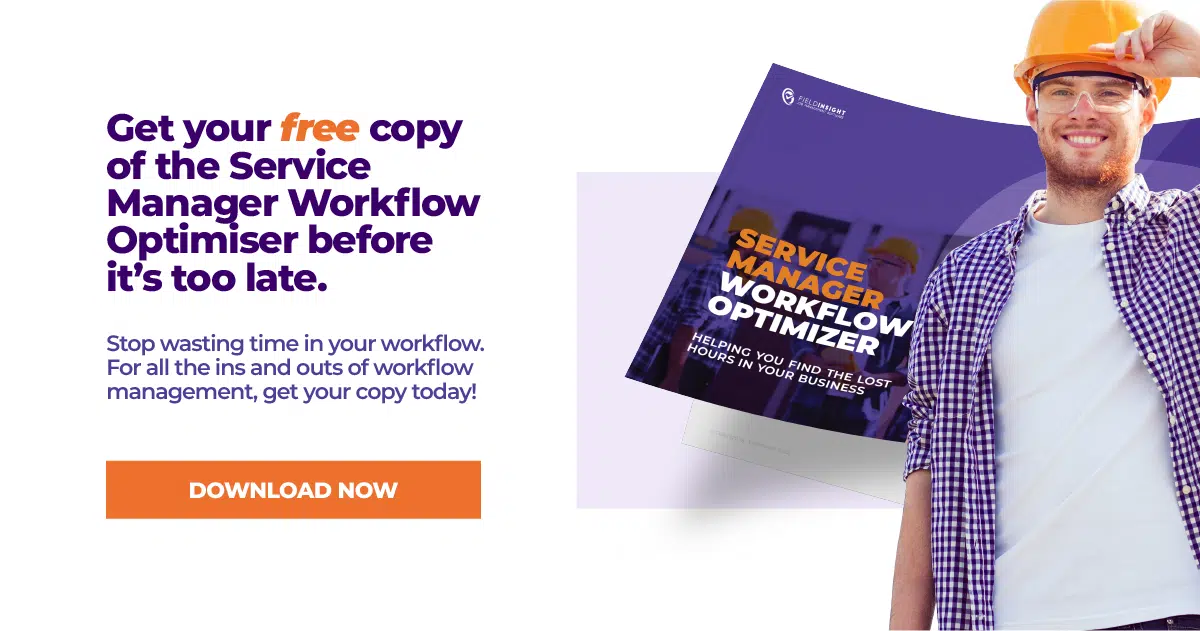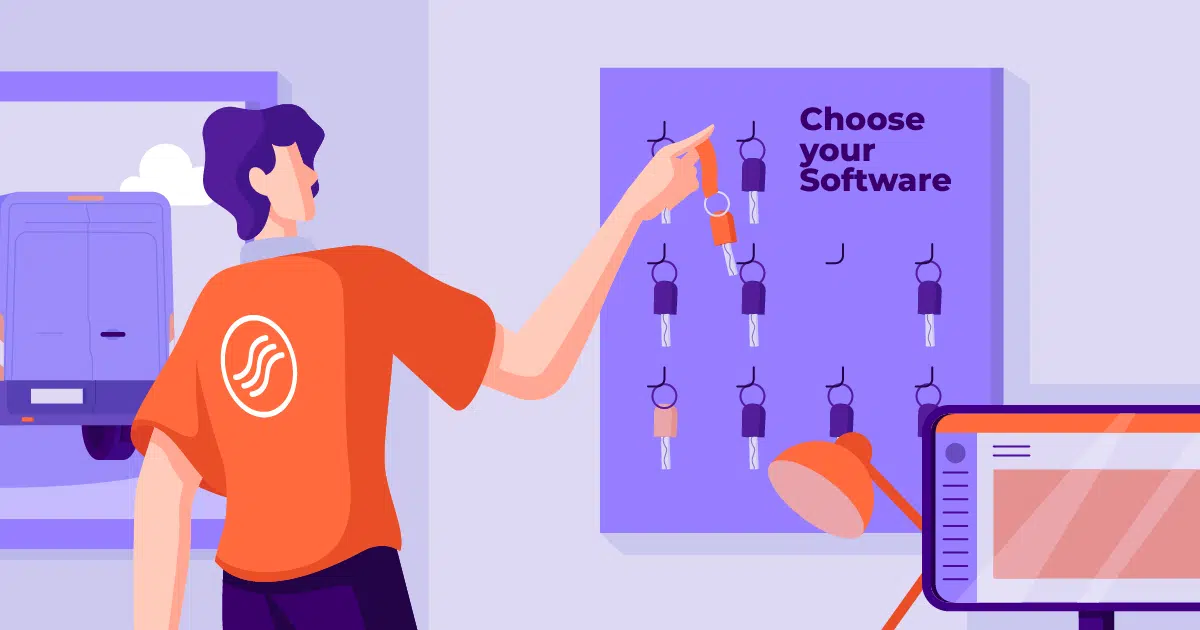SWMS High-Risk Construction Guide For Teams & Managers

High risk construction work involves a lot of hazards and risks and without control measures you can put your team at risk. With a safe work method statement (SWMS) you can introduce safety measures to better prepare your job site.
SWMS are vital in the field service industry before beginning a job and are important for both service managers and technicians.
What is SWMS High-Risk Construction?
A safe work method statement helps to reduce the impact of hazards on the job site. SWMS identify:
- Hazards: the items/activities that have the ability to cause harm, injury or fatalities to workers.
- Risks: The chance that a hazard can harm a worker. (Measured in likelihood from low, moderate or extreme)
- Control measures: Measures that are put in place during work activity to minimise or eliminate hazards.
What are some high-risk construction examples?
In high risk construction work, some common activities include:
- A person falling from heights over 3m
- Areas that have a contaminated or flammable atmosphere
- Work in a confined space
- Diving work
- Dangerous chemicals or other liquid
- Jobs involving pressurised gas mains
- Work on precast concrete elements
- Work on or near refrigerant lines
- Jobs with artificial extremes in temperature
- Jobs in a tunnel or trench deeper than 1.5m
- Work undertaking load bearing structures
What You Should Include In Your Safe Work Method Statement Template For High-Risk Construction
According to WHS regulations and Safe Work Australia, asset construction needs to include some simple steps. For your SWMS to become effective you should include:
1. Procedure and job steps
For your field service SWMS document, you will first need to include your job details. This will involve the address of the site, the contact details of your supervisor of the site, and your own business details.
In this first section you will also include the emergency procedures and any additional information about the site such as customer details. These can help your team meet any technician goals and ensure compliance.
2. Personal Protective Equipment (PPE)
Any Personal Protective Equipment or PPE required for site specific job management should be listed for all technicians on site to wear. Examples include; safety glasses, gloves, hard hats or etc. There should be a section in your SWMS document to ensure this is covered.
3. Risk control measures
Next in your job management you will identify hazards and control measures that need to be put in place. A typical generic SWMS will include a risk matrix where the likelihood of a risk and its impact can be measured.
4. Sign off to agree SWMS have been carried out
Lastly, you need to identify who has read and applied the SWMS method by getting relevant technicians to sign and date your document. This can be helpful in identifying who was on site and who is practising safe work compliance.
Benefits Of Risk & Safe Work Method Statements For High-Risk Construction
Just like any job site checklist, a SWMS template can create consistency in your business and help reduce errors. When your team have a great SWMS template in place you will find that you can:
1. Avoid liability
By mapping out your services in safety procedures with a SWMS template you can ensure to add in all the instructions and details your team needs to keep safe. When you have all your boxes checked when it comes to your safety management, you can avoid liability or lawsuits in the unfortunate event of an accident.
No one wants to get a call from your customer to say there was a fire at the site and your faulty wiring was to blame. You would feel a lot better if you had a step by step documentation of your team’s work.
2. Reduce accidents
With risk management and the correct PPE equipment you can best avoid accidents and injuries to both your customers and your own team. SWMS are designed to incorporate safety tips to avoid risks before an incident occurs. With examples such as ‘Slippery when wet’ signs, or ‘hard hat only area’ signs, you can eliminate the chance of risks and minimise severe damage.
3. Save time
Apart from helping to reduce liability, your safe work method statements can also save you time. Why it might not feel like filling out paperwork will save you time, your SWMS can actually help identify areas in your work for future improvement and encourage your team to learn safer practices in their work.
4. Improve communication
When implemented your SWMS can also boost your communication. By detailing the job steps for your site, you can convey instructions to your contractors, sub-contractors or technicians to ensure everyone is on the same page. With a software at your disposal, you can help your schedulers, technicians and admin staff to review your safety management and identify areas where more safety training is necessary.
Using an SWMS Platform
Whether you are a principal contractor, technician, or service manager, you need to be prepared for hazards in your work environment. To ensure your workplace is safe your SWMS will need adhere to the relevant WHS laws for all persons conducting the work.
One of the best ways to ensure that your team meets legislative requirements when on the job site is with a field service software platform. With automation you can access resources and keep your whole team on the same page.
As the only all-in-one platform FieldInsight can automate the SWMS process for your whole business. From the first quote to managing safety and customer details, FieldInsight can give you access to:
- Readily accessible data
- Real time status updates
- Health and safety management
- Simple scheduling
- Timesheet management
- Asset management and maintenance
- Routing and field access
For a consultation demo or for further information about how you can improve your safety management, contact our friendly product specialists today.
What You Should Do Now
- Book a Demo. You’ll be in touch with an automation expert who has worked in this space for over 5 years, and knows the optimal workflow to address your needs.
- If you’d like access to free articles about managing HVAC workflows, go to our blog.
- If you know someone who’d enjoy reading this page, share it with them via email, Linkedin, Twitter, or Facebook.





